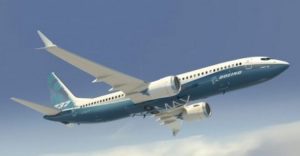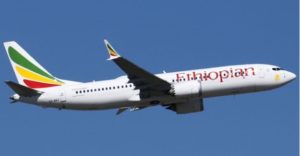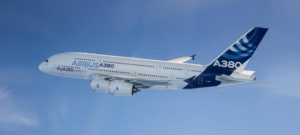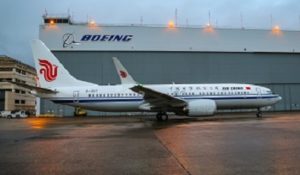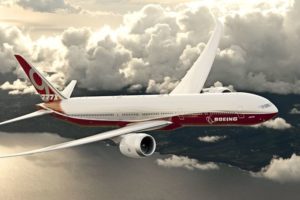Japan unveils first domestically made passenger jet in four decades
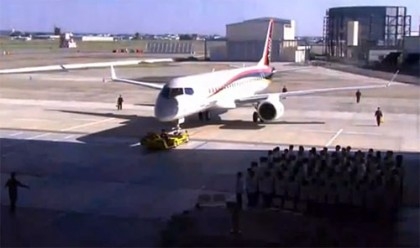
KOMAKI : The first passenger aircraft to be made in Japan in nearly four decades was unveiled as its manufacturer pushed into the booming regional jet sector with an eye to taking on industry giants Embraer and Bombardier.
Mitsubishi Heavy Industries, a military contractor best known for its “Zero” World War II fighter, pulled back the curtain on its new Mitsubishi Regional Jet (MRJ), a fuel-efficient, next-generation aircraft that claims to offer more passenger comfort with lower operating costs.
The jet, which will be delivered to customers from 2017 and was built with assistance from aviation giant Boeing, was unveiled at a ceremony in Komaki, near Nagoya, on October 18 .
“The dream of a Japanese-made product that can be proudly presented to the world for top-notch efficiency and top-notch passenger comfort is finally coming true,” said Mitsubishi Heavy Industries chairman Hideaki Omiya.
The plane marks a new chapter for Japan’s aviation sector, which last built a commercial airliner in 1962—the YS-11 turboprop. It was discontinued about a decade later.
Teruaki Kawai, president and chief operating officer of Mitsubishi Aircraft, recently said that the plane boasted “state-of-the-art aerodynamic design, and a game-changing engine (that) will significantly cut fuel consumption, noise and emissions, helping airlines enhance competitiveness and profitability in the future”.
Japanese firms were banned from developing aircraft by U.S. occupiers following its defeat in World War II.The country slowly started rebuilding its aviation industry in the 1950s, starting with carrying out repair work for the U.S. military, before expanding its scope to start licensed production of U.S.-developed aircraft for Japan’s military. Japanese firms have also long supplied parts to Boeing.
Mitsubishi’s short-to-medium-haul regional jet, which comes in a 70- and 90-seat version, was backed by the Japanese government and a consortium of major firms including Toyota, with research and development costs of around 180 billion yen ($1.7 billion).
The company has secured 375 orders and options from carriers including All Nippon Airways (ANA), U.S.-based Trans States Holdings, and SkyWest.
Japan Airlines (JAL) has also signed a Letter of Intent for 32 MRJs, which have a list price of 4.2 billion yen, to be used on domestic flights.- AFP
Oct. 19, 2014


